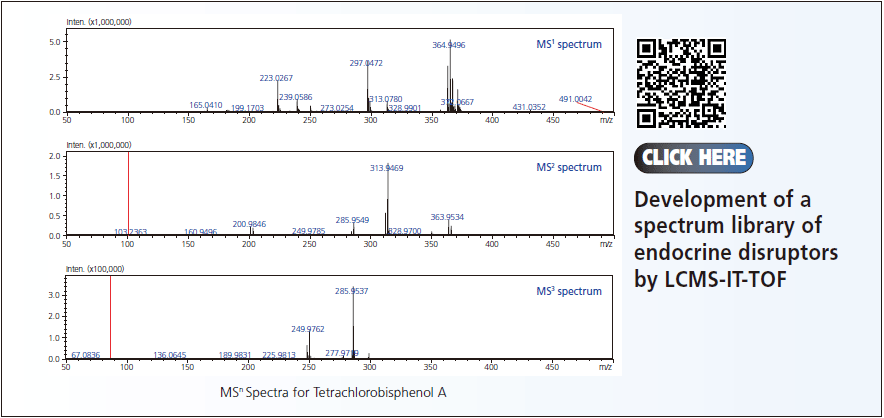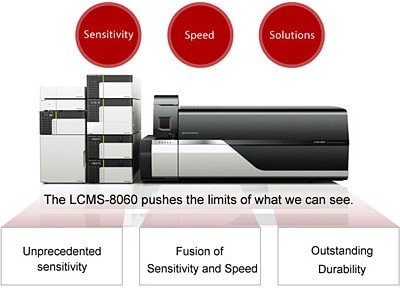Types of MS/MS systems and their key characteristics
With the combination of two mass analyzers in MS/MS systems, several tandem and hybrid configurations consisting of quadrupole, magnetic sector, TOF and/or ion trap MS are obtained (Table 5). There are no changes to the separating principles of these mass analyzers in a MS/MS system. The following sections elaborate on the key characteristics of these MS/MS systems (i.e. TQ, Q-TOF, IT-TOF and multistage MS) and discuss in detail its applications, strengths and limitations.
Other than these MS/MS systems, there are also other tandem/hybrid MS that utilizes more than 2 mass analyzers. However, this configuration is not commonly used due to the higher cost and complexity of the equipment.
| Tandem MS |
Triple Quadrupole (TQ) |
|---|---|
| Hybrid MS |
Quadrupole Time-of-Flight (Q-TOF) |
Triple Quadrupole (TQ) MS
The simplest and most common MS/ MS system is the TQMS. It consists of three quadrupoles arranged in series with the first and third quadrupole acting as MS1 and MS2 respectively and the CID taking place in the second quadrupole (Figure 23). With the use of precursor ion scan, neutral loss scan and MRM, it can achieve superior selectivity, specificity and sensitivity with minimal background. As a result, TQ MS is an excellent instrument for quantitative analysis and is commonly employed for routine targeted analyses.
On the contrary, TQ MS falter in terms of mass accuracy and resolution as compared to other types of MS/MS. It is not commonly employed for untargeted analyses. Another reason is that prior knowledge of the compound (e.g. molecular ion mass) is required to utilize the high sensitivity MRM modes in TQ MS. In this case, other MS/MS systems such as Q-TOF and IT-TOF are used.
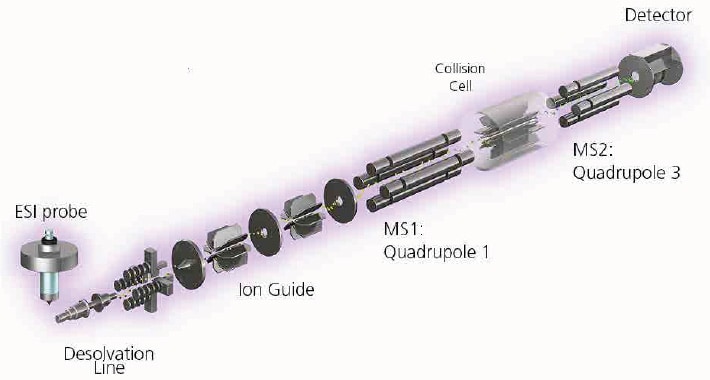
Figure 23. Instrumentation of Triple Quadrupole (TQ) MS.
Quadrupole Time-of-Flight (Q-TOF) MS
By switching the last quadrupole mass analyzer in a TQ MS to a TOF mass analyzer, we will get the Q-TOF hybrid MS (Figure 24). With the inclusion of a TOF, this hybrid system provides excellent dynamic range, high mass resolution and mass accuracy. In addition, it can perform good quality quantitative analysis. With the full scan and full ion transmission capability in Q-TOF MS, it captures all the ions in a single run and allows the reinvestigation of data for new and unknown compounds without the need for reacquiring. With these properties, it is commonly used for high resolution accurate mass analysis such as in the identification of unknown molecules for proteomics and metabolomics research.
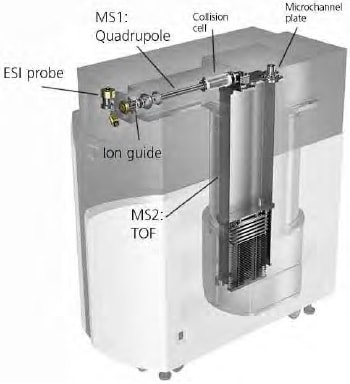
Figure 24. Instrumentation of the Quadrupole Time-of-Flight (Q-TOF) MS.
Multistage MS (MSn)
Multistage MS (MSn) is a technique of performing multiple mass analysis in a single instrument and usually requires a time-based MS. Using ion trap MS as an example, the introduction of ions, selection of precursor ions, fragmentation and analysis of product ions are all performed in a single mass analyzer. Ions are first introduced in the ion trap, the selected m/z precursor ion is isolated by applying a suitable voltage. The precursor ions oscillate in stable motions in the trap while the rest of the ions are subjected to unstable motions and are ejected from the system. The parameters in the ion trap are then adjusted such that the precursor ions are given vigorous oscillation and collide with pulses of inert gas introduced into the ion trap. The range of product ions are temporarily trapped and then subjected to either the detection system or to precursor ion isolation for further fragmentation. The entire process can be repeated unlimitedly (n times) and hence denoted MSn. Multistage MS provide unique structural elucidation and qualitative analysis. However, when interpreting mass spectrum from ion trap MS, it is important to note that undesirable artifact ions may be generated due to long trapping conditions and ion-molecule reactions in the ion trap.
Ion Trap Time-of-Flight (IT-TOF) MS
The IT-TOF MS system provides MSn capability with enhanced sensitivity and is coupled with high resolution and high mass accuracy capability of TOF MS. The components in an IT-TOF MS is illustrated in Figure 25. With the inclusion of the ion trap MS in a IT-TOF MS, there is no need for a collision cell as collisions and fragmentations are possible in the time-based MS itself. The IT MS also double up as a focusing guide to concentrate the ions to the center of the trap before ejecting into the TOF MS. LCMS-IT-TOF enables the identification of compounds using high accuracy MSn data and is also frequently applied in impurity analysis, metabolic profiling and biomarker research.
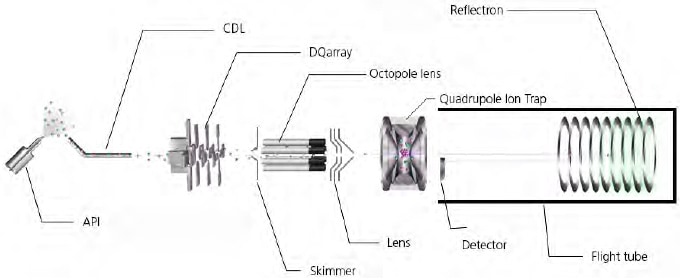
Figure 25. Instrumentation of an Ion Trap Time-of-Flight (IT-TOF) MS.
Comparison of MS/MS systems
In the previous sections, we introduced several MS/MS systems and covered their key features. With all things considered, it is evident that there is no universal MS or MS/MS for all applications and analyses. Each instrument has its own strength and limitations and it is necessary to understand and weigh the pros and cons to determine the most suitable system for your needs.
| MS/MS Systems | Strengths | Limitations | Applications |
|---|---|---|---|
| TQ MS |
|
|
|
| Q-TOF MS |
|
|
|
| IT-TOF MS |
|
|
|
Depending on your objectives, the use of LC, LCMS, LC-MS/MS and even several MS systems may be required. We have earlier provided a comparison table of the various single mass analyzers (Table 4). Now, we compared the performance and limitations of these MS/MS systems (Table 6).
In summary for LCMS single and tandem/hybrid MS systems, TQ MS (MRM mode) ranks first, followed by TOF MS and then single quadrupole MS (SIM) mode in terms of quantitative analysis performance (e.g. sensitivity, limits of detection, selectivity). While for qualitative analyses, TOF MS is superior based on the accurate mass and high resolution. The ranking is as follows: TOF > Ion Trap > Quadrupole.



